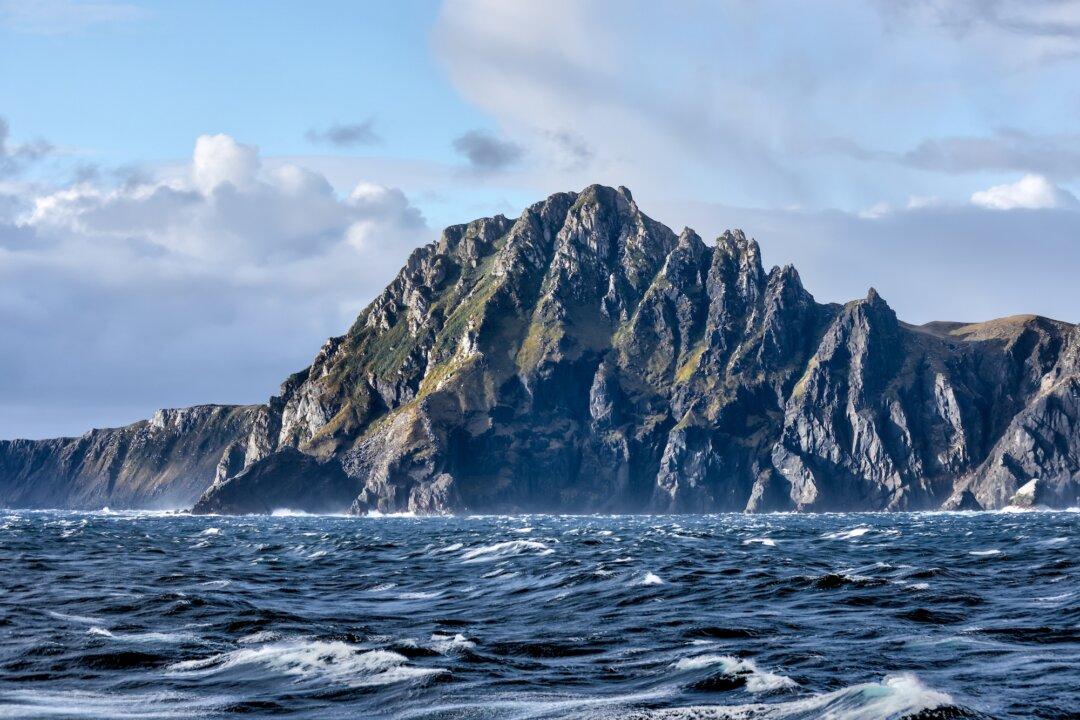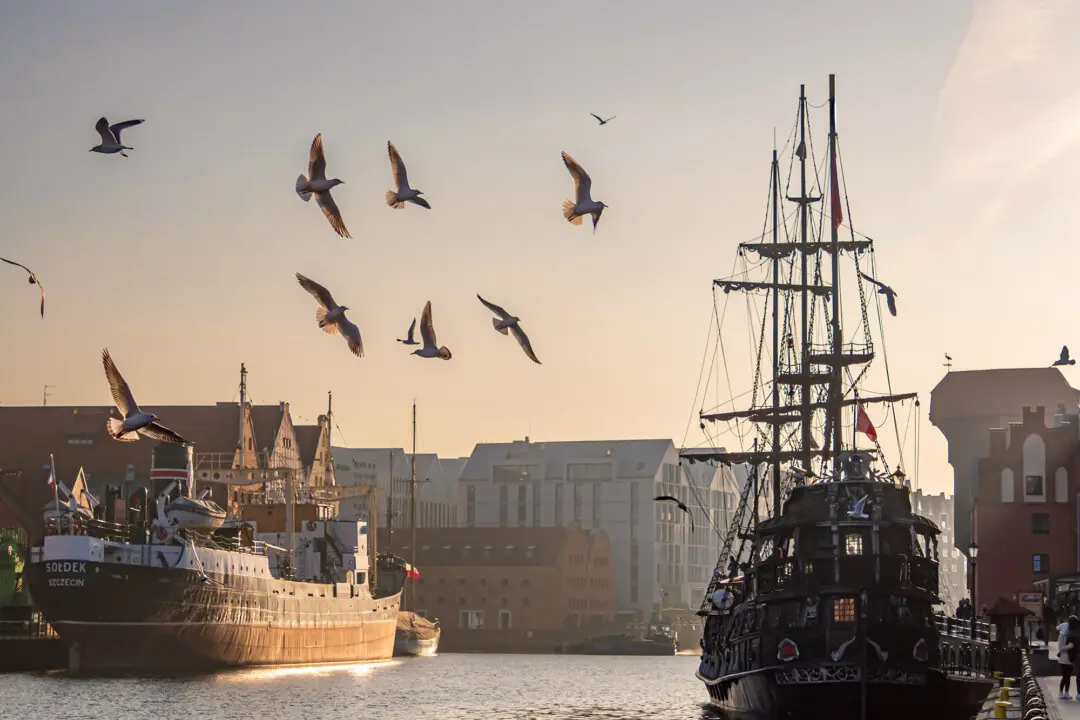To this day, it remains one of the most feared stretches of water on earth. Even with state-of-the-art Azipod thrusters and super-charged stabilizers, just mentioning its name can send a chill down the spine of any casual cruiser. It conjures all sorts of images: white-capped waves, shrieking winds—not sea monsters, but almost.
I’ve crossed the Drake Passage a total of 10 times (and flown across it twice). Perhaps the most memorable was my voyage a few years ago, sailing south from the Falkland Islands. On board an old retrofitted research vessel, we sailed right into the heart of a roiling storm—the stuff of legend. Conditions worsened as the day wore on. Wind blew the tops off the waves. The ship rocked at extreme angles. We reached 11 on the Beaufort Scale, one level below hurricane force.





